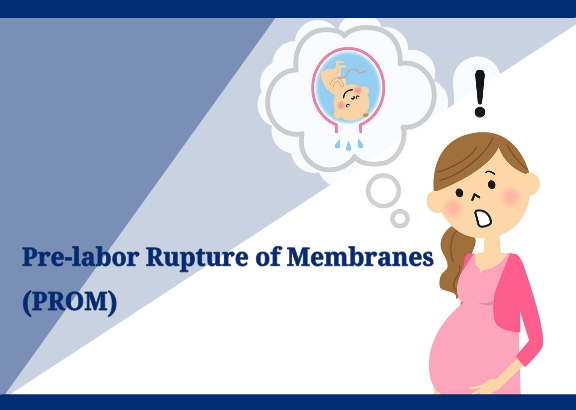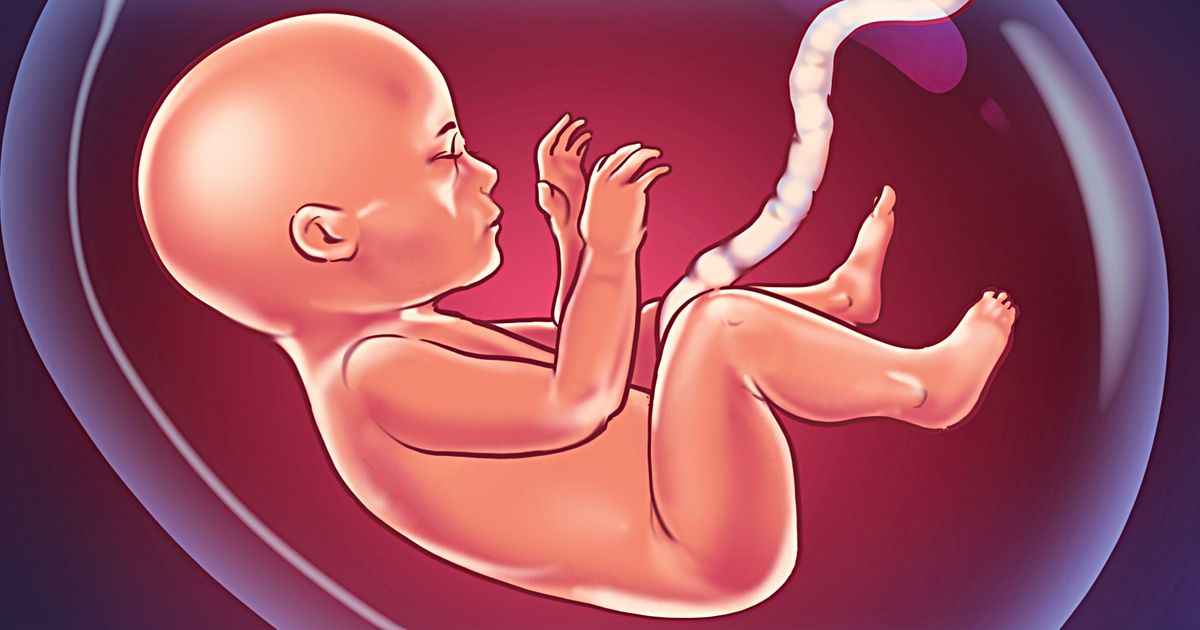Because the baby is in this fluid known as amniotic fluid, it is able to protect itself from external shocks and shocks. It also helps the child's movements, to grow freely, especially the development of the lungs. The baby growing in this fluid drinks this fluid and the baby's lungs are filled with this fluid.
Although this fetal membrane is not broken until the child is born, in some cases the fetal membrane can be broken and the amniotic fluid can be removed. It can be a life-threatening situation for the child.
Causes of rupture of the amniotic membrane (water bag).
- When ready to give birth
- When the poisonous seeds pass through the vagina to the uterus and become infected
- When there is a weakness in opening the cervix on its own
In addition to this, factors such as passive smoking, mother's medical conditions can cause early rupture of the fetal membranes.
However, among the factors that cause the rupture of the amniotic membrane (water bag), other factors can be harmful to the pregnancy, except for the preparation for childbirth. Among them, depending on the time when the fetal membrane breaks, the situation can be even more dangerous. Therefore, the procedure followed is different depending on the time of rupture of the amniotic membrane.
In this case, the damage to the child is usually less for 24 hours. However, it is very important to go to the hospital immediately. Or the rupture of the amniotic membrane can pass the poisonous seeds to the proper fetus and the child and the mother can become infected. On average, a fetus is ready for delivery at 37 weeks. At this time, the placenta is able to function, so if the fetal membrane breaks after 37 weeks, the mother will prepare the baby for delivery.
There, naturally, as usual, the mother waits for some time until she gives birth. But if the expected time to prepare to give birth naturally has passed, the mother is prepared for giving birth by methods such as giving artificial labor pain, Prostaglandin or Glandine, inserting a balloon into the cervix and dilating it. Or it may be necessary to deliver the baby by caesarean section.
Usually between 34 and 37 weeks, a baby's lungs have developed to some extent. But the child is not strong enough to act independently. Therefore, the treatment is determined according to the way the child has grown. Therefore, the child is allowed to grow further in the mother's womb.
While giving treatment to develop the baby's lungs, the doctors decide to give birth to the baby at the right time while giving the necessary treatment to prevent the baby and the mother from germs.
This is a very dangerous situation. Because the child is a premature child, the risk of life is very high. In such a case, the mother is taken to the hospital and undergoes some tests and is given antibiotics to prevent infection. Treatment is also given to make the child's lungs fit for breathing. They try to make the child grow in the mother's womb as much as possible.
In the meantime, the health status of the child and the mother is checked through regular check-ups. The right time to give birth varies according to complications.
Decreased amniotic fluid
The baby lives in the fluid inside the mother's womb and drinks this fluid. Also, the child urinates as much as he drinks. Therefore, the decrease in amniotic fluid cannot be large. Amniotic fluid is made up of secretions from the placenta and urine from the baby.
Sometimes the amniotic fluid may decrease due to decreased secretions when the placenta is smaller. Due to the lack of fluids required for free movement, deformities of the limbs, especially the feet, can occur.
Here, the amount of liquid the mother drinks is not affected. If this fluid decreases near childbirth, it may be difficult for the child to bear the conditions such as contraction of the uterus during childbirth. Therefore, there is a risk of needing a caesarean section.
This condition occurs when the amount of fluid the child drinks is less than the amount of fluid produced. Obstructions in the baby's alimentary canal can cause an increase in amniotic fluid. Diabetic mothers usually have more amniotic fluid.
Due to this, the pregnancy is seen to be larger than expected. If the amount of fluid increases at once, the mother may have abdominal pain. Scans can detect this condition early. Accordingly, your doctor will refer you for appropriate tests and treatments.




